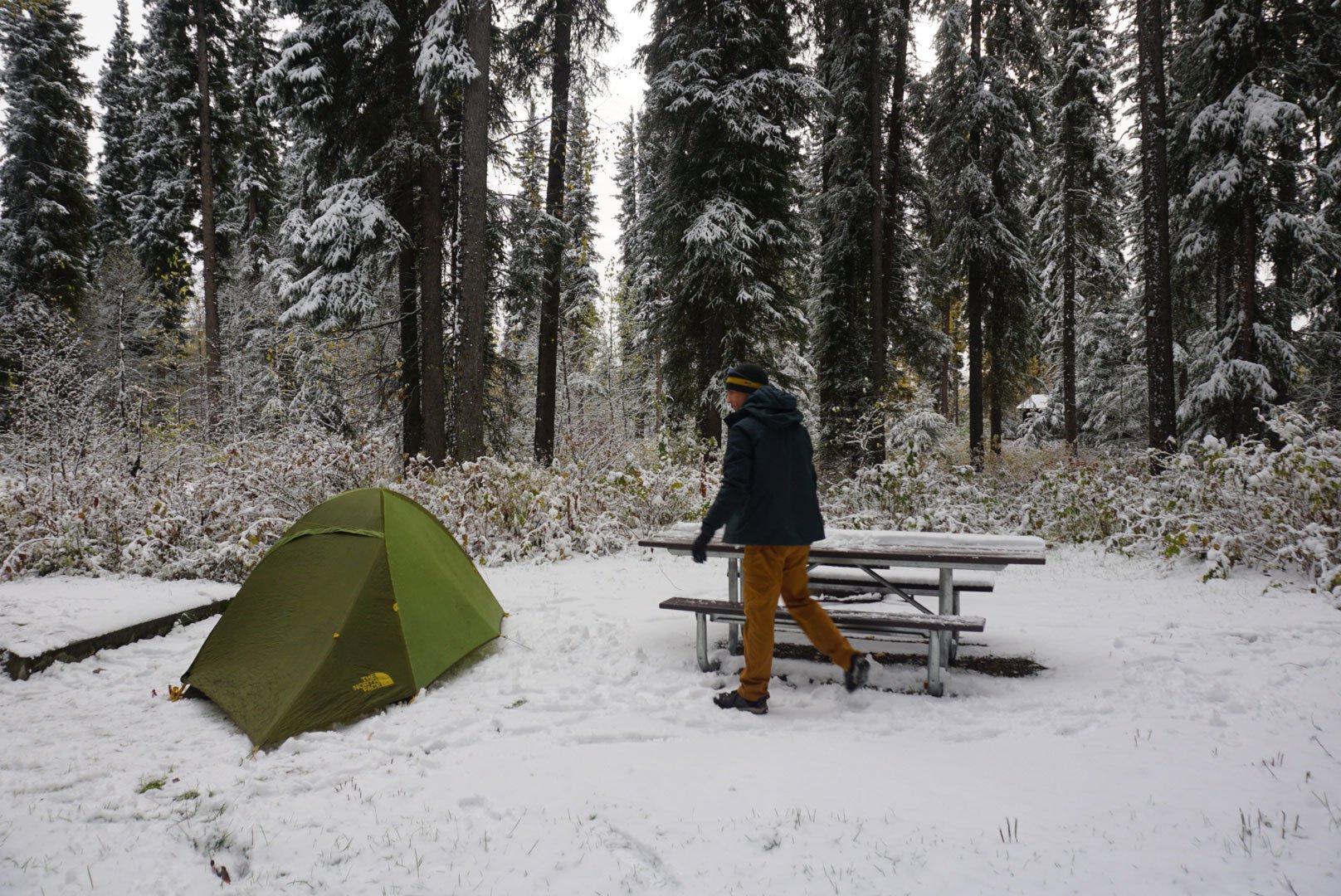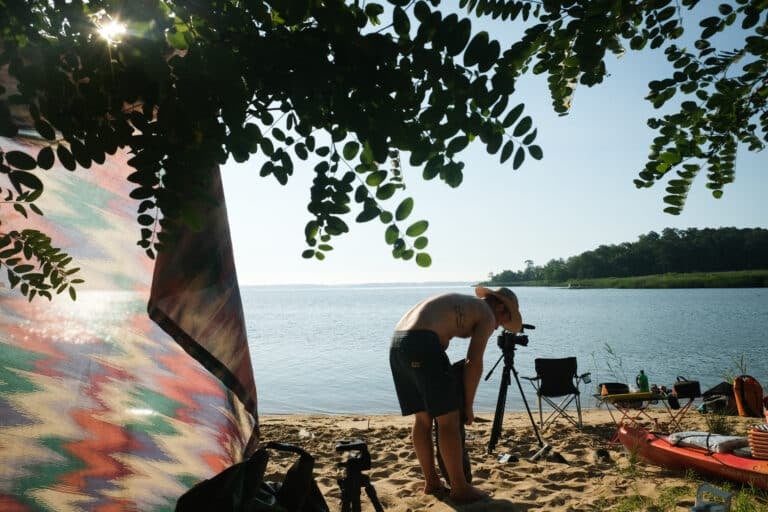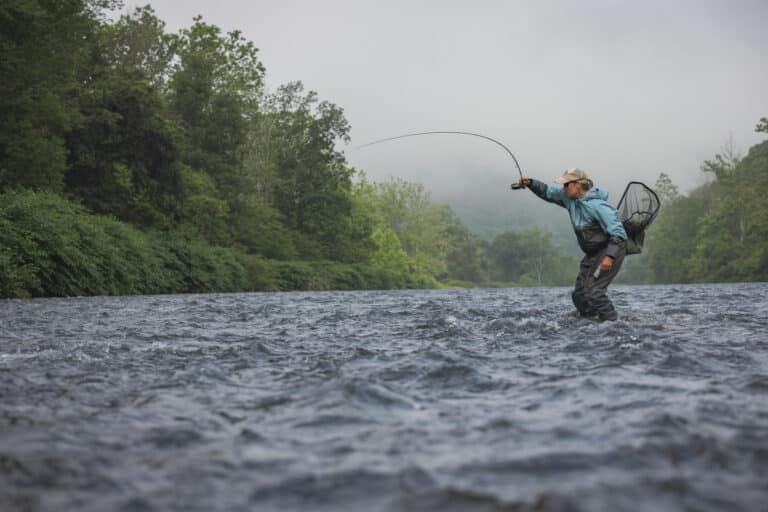Even if you can’t stand frigid air, you can still comfortably pitch a tent and sleep under the stars when the temperature drops.
Are you someone who hates the cold? If so, sleeping in the backcountry when the temperatures turn frigid probably sounds miserable. Fortunately, there are ways to increase the warmth of your camping gear, ultimately giving you the chance to camp during a time of year when crowds are sparse.
1. Make the Right Sleeping Pad and Tent Choices
If you’re new to camping and backpacking, it can be easy to overlook the importance of your entire sleep system. While the sleeping bag is a vital piece of gear, the sleeping pad and tent also play important roles in retaining warmth. The sleeping pad is designed to insulate your body from the ground. Like the sleeping bag, it comes with a temperature rating, or an “R-Value.” The higher the R-value, the warmer the sleeping pad. Instead of opting to use a cheaper, barely insulated sleeping pad, look for a sleeping pad with an R-value of 3 or higher.
When it comes to tents, smaller options are easier to heat and keep warm. If you expect to regularly camp in cold temperatures, it may be prudent to spend the extra money on a 4-season tent. They’re typically built with sturdier poles and other features to withstand extreme weather, but they also usually weigh more than three-season tents.
2. Let Your Sleeping Bag Get Lofty
The first thing you should do when you get to your campsite is take your sleeping bag out of its storage sack. The loftier it is, the better it’ll be at retaining your body heat when it’s time for bed. This is also a good time for re-distributing the down to avoid cold spots. Since down tends to shift throughout the sleeping bag over time, it can be helpful to move it around before you go to bed.
Additionally, some sleeping bags come with features that add extra warmth, like a hood and draft collar. If you tend to sleep cold, using these can make a big difference. If you don’t have a hood, make sure to wear a hat since 40-45% of the body’s heat escapes through the head.
3. Use Your Rainfly
While it can be tempting to leave the rainfly in its storage sack so you can watch the stars at night, doing so can sacrifice essential heat. A rainfly can add 5-10-degrees of warmth to a tent, making it a great tool for those who run cold.
4. Share Your Tent with Someone Else
Body heat goes a long way, which means sharing a tent with a good pal or partner will heat the interior faster than it would if you were alone. Some campers even find that zipping two sleeping bags together and sharing the system makes it easier to insulate the airspace surrounding their bodies, contributing to a warm night’s rest.
5. Avoid Going to Bed While You’re Cold
Your body is your main heat source while you’re camping and backpacking, so you need to make sure it’s good and warm before you go to bed. Eat a hot high-calorie meal, drink a cup of tea, or do some jumping jacks to get your blood pumping. This will help you create enough heat to keep yourself warm once you crawl into your sleeping bag.
6. Pack a Sleeping Bag Liner
Campers and backpackers typically use sleeping bag liners for one of two things: a hygienic barrier or an added layer of insulation. Sleeping bag liners come in a wide range of temperature ratings, allowing you to add anywhere from 10 to 25 degrees to your sleep system. This is a great option for those who aren’t quite ready to upgrade their sleeping bags.
7. Don’t Forget Your Nalgene
Many ultralight campers and backpackers choose to leave their sturdy Nalgene water bottle at home to cut down on pack weight. But when the temperatures start to drop, a Nalgene can double as a heating device. Just fill it up with boiling water before you go to bed, and tuck it into the footbox of your sleeping bag to generate a little bit of extra warmth. In a well-insulated bag, it will likely stay warm until morning.
Cover photo by the author.








